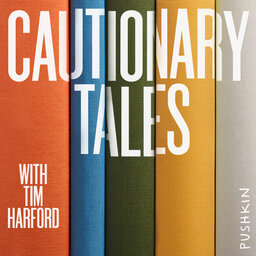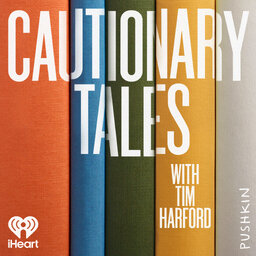La La Land: Galileo's Warning
Galileo tried to teach us that adding more and more layers to a system intended to avert disaster often makes catastrophe all the more likely to happen. His basic lesson has been ignored in nuclear power plants, financial markets and at the Oscars... all resulting in chaos.
Read more about Tim's work at http://timharford.com/
Learn more about your ad-choices at https://www.iheartpodcastnetwork.com
 Cautionary Tales with Tim Harford
Cautionary Tales with Tim Harford


